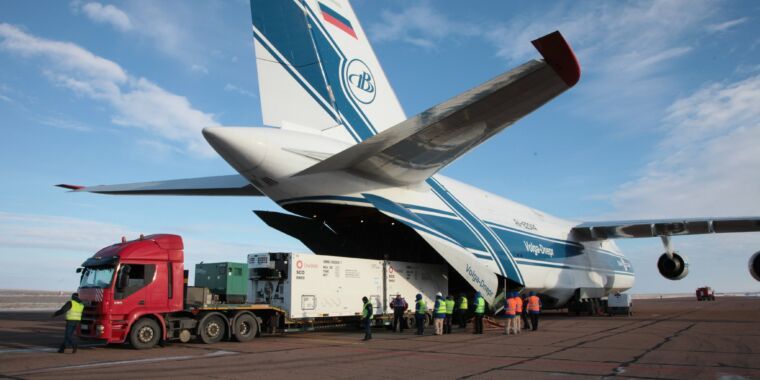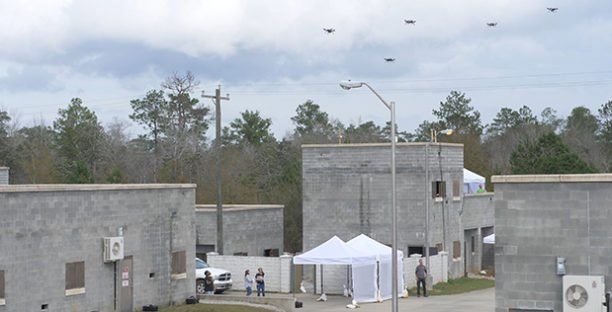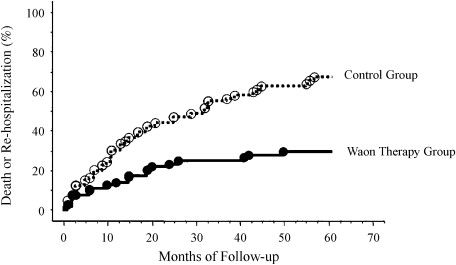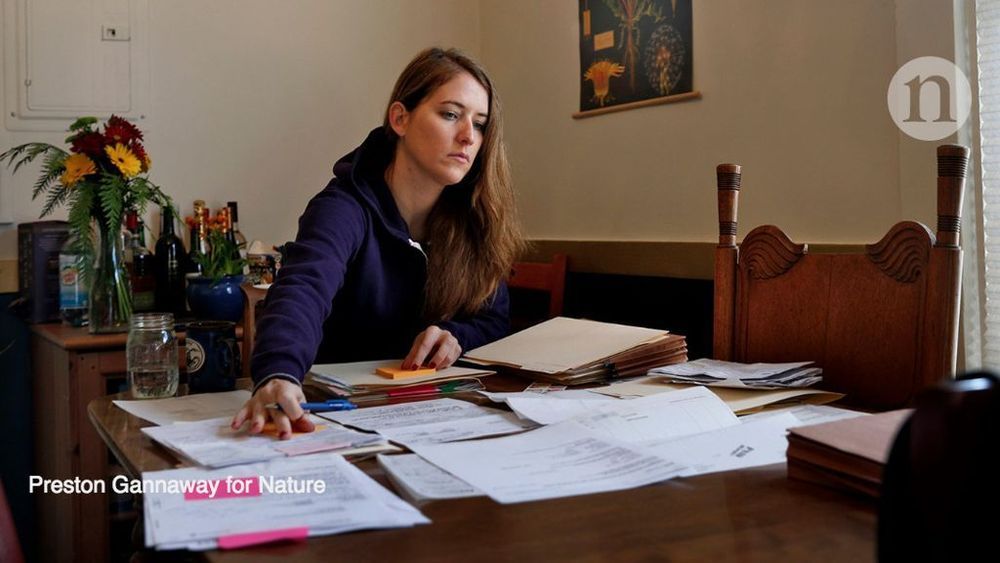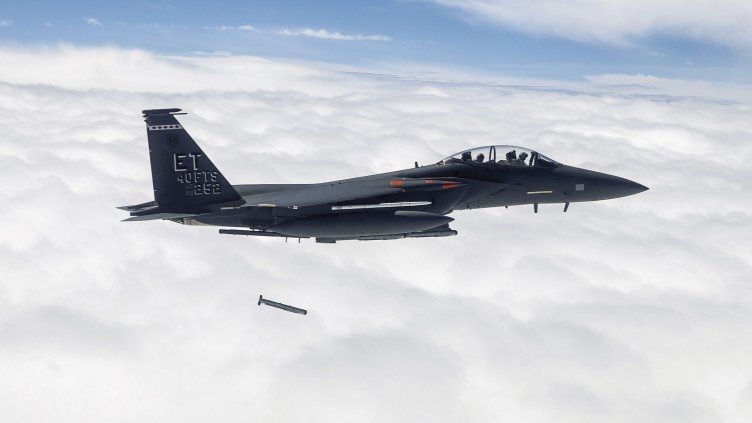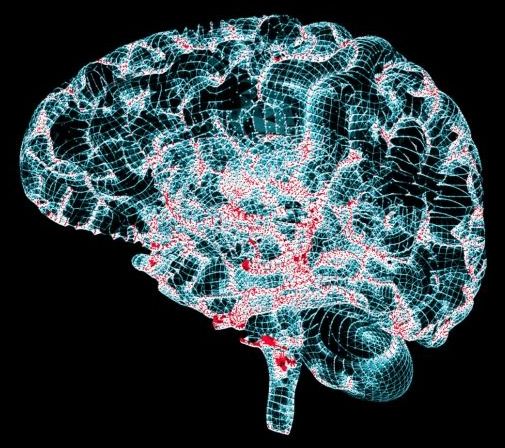
There’s yet another new rocket launch startup throwing its hat in the ring — Astra, an Alameda-based company that’s actually been operating in stealth mode (though relatively openly, often referred to as “Stealth Space Company”) for the past three years developing and testing its launch vehicle. Astra revealed its business model and progress to date in a new feature article with Bloomberg Businessweek, detailing how it plans to use mass production to deliver rockets quickly and cheaply for small satellite orbital delivery. Astra revealed it has raised more than $100 million from investors, including Eric Schmidt’s Innovation Endeavors, Airbus Ventures, Canann Partners and Salesforce co-founder Marc Benioff, to name a few, and it has big ambitions in terms of cost and capabilities.
Astra’s rockets are smaller than most existing launch vehicles in operation, designed to delivery up to 450 lbs of cargo to space, but with the specific mandate of doing so quickly and responsively. The company is a finalist (and the only remaining one) on DARPA’s Launch Challenge, the terms of which mandate that the winning company deploy two rockets from two different locations within a few weeks of each other. Astra is still in the running, while its erstwhile competitors have dropped out, with Virgin Orbit having voluntarily withdrawn and Vector Launch having gone out of business.
The DARPA challenge, which includes an award of $12 million for the winner, represents a growing trend in terms of defense customer needs: Fast turnaround and responsive operations for small satellite delivery. In an industry where the process of securing a launch service provider to actually flying a payload has typically taken at least six months in the best-case scenario, there’s a growing need for quicker timelines in the interest of building more redundancy and resilience into defense and reconnaissance space operations through use of networks of small satellites, versus single large geostationary satellites that are expensive to launch and more time-consuming to task.

